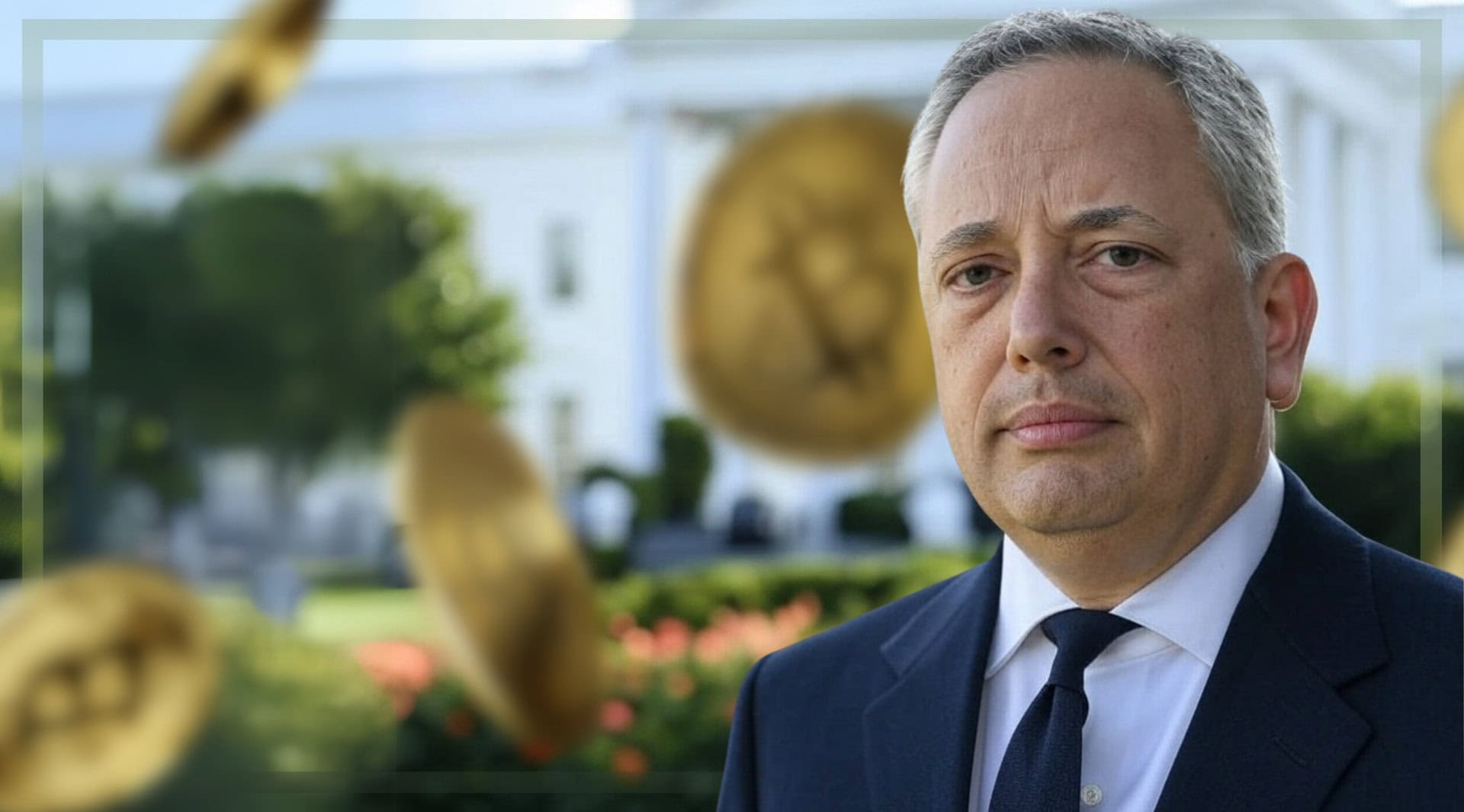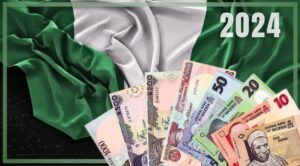The Kenyan Shilling (KES) has made strong gains against the dollar in recent trading sessions, raising hopes that Kenya’s currency could be poised for recovery after several years of depreciation.
KES dropped into a spiral of rapid losses against the dollar and other major currencies following the onset of the Covid-19 pandemic in March 2020. This was because investors sought the perceived safety of assets such as the dollar, rather than higher-risk emerging market currencies like the shilling.
When the United States moved quickly to hike interest rates after inflation surpassed 9%, this also hit KES as investors took advantage of the elevated yields on offer in dollar markets, rotating out of emerging market currencies. Between the start of 2020 and the start of 2024, the shilling lost almost 40% of its value against the greenback.
However, KES has made something of a comeback in recent days, strengthening by about 15% against the dollar following a successful Eurobond sale last week, its strongest rally for almost three decades. The $1.5 billion Eurobond issuance was met with strong demand from both foreign and domestic investors.
This was an important development on foreign exchange markets because traders – and the World Bank – had feared that Kenya could default on a debt repayment of $2 billion in June. However, with this successful entry into international debt markets, this is unlikely now to happen, removing a major risk factor that had loomed over shilling markets.
Furthermore, the Kenyan government also received almost $2 billion in demand for a shilling-denominated bond of $500 million, which could suggest further capital inflows that would prop up the value of the shilling. These two factors have improved sentiment in Kenyan forex markets, and indicated that the currency could find more support on a technical level.
The key question for traders now is whether these gains can be sustained or whether this is merely a short-term bounce on the back of optimism on capital markets. Indeed, although traders are certainly relieved that it seems likely Kenya will now avoid defaulting, there are still concerns around some of the government’s economic policies.
For one, President Ruth remains committed to expensive policies such as the “Hustler Fund,” which offers hundreds of millions of dollars a year in cheap credit to Kenyan consumers. The government has been forced to spend and borrow even more, with the Treasury Secretary asking the National Assembly last year to approve a 5% budget increase despite the spiralling debt situation. The government also remains limited in its ability to collect tax revenues, putting further pressure on public funds. These will all continue to be of concern to foreign exchange traders despite the positive news of the Eurobond sale.
The shilling’s bounce is certainly welcome after years of steady declines. A stronger shilling would also benefit the Kenyan economy more widely given the East African country relies on many dollar-priced essential goods which have become increasingly expensive during KES’ declines. But whether the shilling can continue to strengthen, and thereby relieve some of these macro pressures, will depend on how effectively the government manages the situation in the months to come.
Author: Harry Clynch
#KES #Kenya #Africa #ForeignExchange #CapitalMarkets
















One Response
This might be a passing cloud